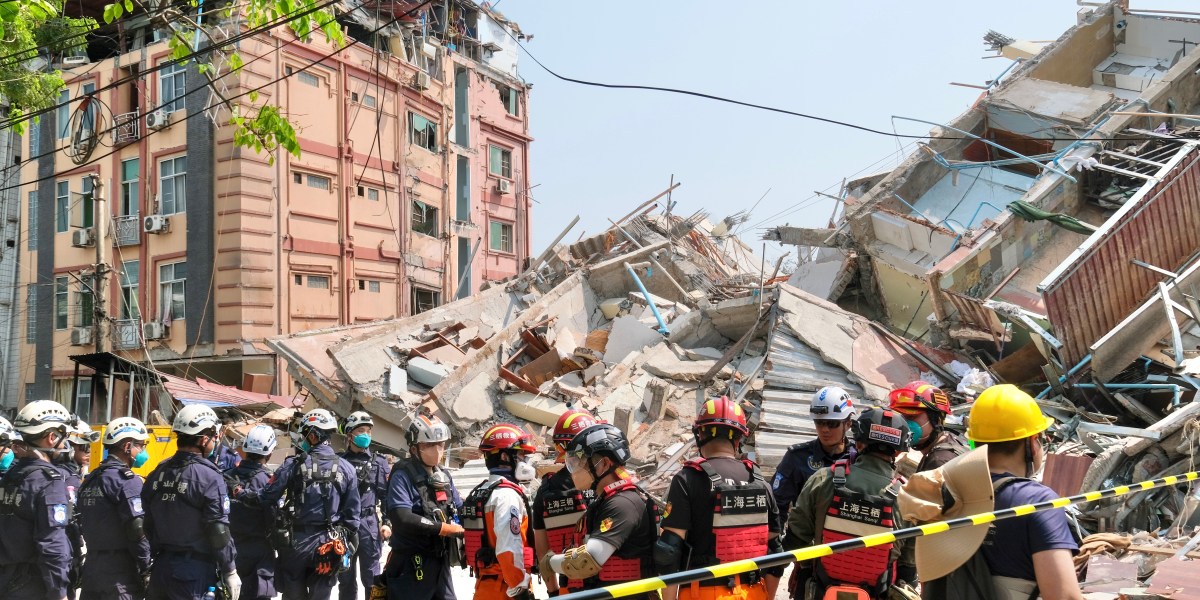A Manhattan jury on Friday issued a guilty verdict against Charlie Javice, the 33-year-old CEO who duped JPMorgan Chase into buying her student loan startup, and was charged with a series of fraud-related charges. The charges carry a maximum sentence of 30 years, and Javice will be sentenced in coming weeks.
The verdict against Javice, who did not take the stand during the trial, came after approximately four hours of jury deliberation.
The verdict wrapped up roughly five weeks of testimony where prosecutors claimed that Javice, and co-defendant Olivier Amar, lied and created fake customer data to sell their financial aid company Frank in 2021.
In 2017, Javice founded Frank, which aimed to help students fill out the complex Free Application for Federal Student Aid forms. Four years later, Javice was a 28 years old media darling, who appeared often on CNBC and had made Forbes 30 under 30 list, when she sold Frank to JPMorgan Chase for $175 million.
JPMorgan Chase claimed it bought Frank believing that it had four million customers but later discovered it had roughly 300,000. The bank realized their mistake in January 2022 when it sent marketing emails to a batch of 400,000 supposed Frank customers. Only 28% of the emails were delivered, and just 1.1% were opened, according to JPMorgan Chase’s lawsuit against Javice.
The bank alleged that Javice, along with codefendant Olivier Amar, Frank’s chief growth officer, used a data scientist to create millions of fake customer accounts that it used to dupe JPMorgan Chase. The bank ended up shutting down the Frank website in January 2023, just weeks after suing Javice in Delaware district court.
In April 2023, the case took a more serious turn when the Department of Justice and the SEC sued Javice, charging her with separate criminal counts of conspiracy to commit wire and bank fraud, wire fraud, and bank fraud, each of which carries a maximum sentence of 30 years in prison, according to the lawsuit. She was also charged with one count of securities fraud, which carries a maximum sentence of 20 years in prison.
The Trial
The trial of Javice and Amar lasted six weeks and included a star showing by Marc Rowan, CEO and co-founder of Apollo Global Management. Rowan had invested in Frank and even sat on the company’s board. Rowan, a defense witness, said he invested in Frank because he thought Javice and her team “seemed excellent,” Bloomberg reported.
Rowan also backed up defense claims about user numbers because Frank counted as customers anyone who came to the website, according to the story. “Users, customers, website visitors: one and the same,” Rowan, who cited his experience investing in Yahoo and AOL. “I’m pretty used to these terms being used interchangeably,” he said.
The jury began deliberating Javice’s and Amar’s fate late Thursday. Prosecutor Nicholas Chiuchiolo told the jurors Wednesday that Javice and Amar sold Frank for $175 million “worth of lies. Time and again, they pitched how their business succeeded in acquiring more than 4 million engaged customers,” according to a court transcript.
Chiuchiolo stated that Frank’s four million customers “were made up. Literally created by a computer program. Frank’s four million customers did not exist.” He added that, following the sale of Frank in September 2021, Javice and Amar became multi-millionaires while “JPMorgan got a spreadsheet with fake names.”
Jose Baez, Javice’s attorney, countered that the contract that JPMorgan signed to buy Frank did define customer data but didn’t include any promises about the number of users Frank would deliver, Bloomberg said.
Baez claimed that JPMorgan Chase had other reasons for buying the startup. The bank, during the summer of 2021, spent several weeks in due diligence studying Frank’s financials and users. The bank is believed to have rushed the deal because it thought that Bank of America was looking to buy Frank.
Jamie Dimon, JPMorgan Chase’s chairman and CEO, also took a personal interest in the acquisition of Frank and met with Javice about three weeks before the bank clinched the deal. Dimon was “very enthusiastic” about the transactions and told Javice in July 2021 that JPMorgan should “get the deal done,” Fortune has reported.
The government’s case against Javice was “incredibly flawed,” Baez said in his closing argument. JPMorgan Chase, one of the most active fintech acquirers, “knew exactly what they were buying. They negotiated for it. They knew exactly who—what exactly they wanted it for, and sometimes the reasons what they wanted it for wasn’t necessarily what they told them,” Baez said.
This story was originally featured on Fortune.com
Source link

 Entertainment8 years ago
Entertainment8 years ago
 Politics8 years ago
Politics8 years ago
 Entertainment8 years ago
Entertainment8 years ago
 Entertainment8 years ago
Entertainment8 years ago
 Tech8 years ago
Tech8 years ago
 Tech8 years ago
Tech8 years ago
 Tech8 years ago
Tech8 years ago
 Politics8 years ago
Politics8 years ago







